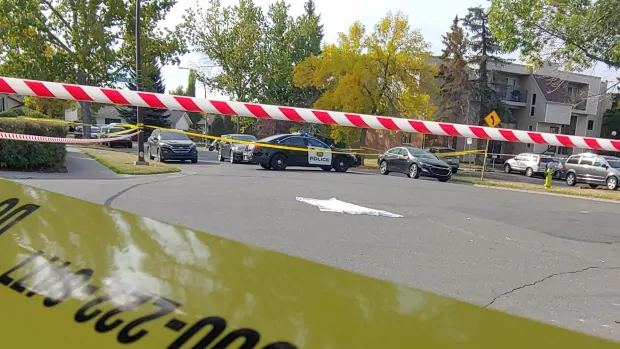Nineteen people have tested positive for COVID-19 on Little Grand Rapids First Nation, the community’s leadership said on Sunday night
“After receiving confirmation of positive cases within our community, we quickly responded and have moved into our next phase of pandemic planning to manage cases and keep the community safe,” Chief Raymond Keeper said in a joint news release from the First Nation and the Assembly of Manitoba Chiefs.
On Sunday afternoon the province declared an outbreak in the remote northeastern community and moved the region to red, or “critical,” level under its pandemic response system
Several people tested positive for the illness caused by the novel coronavirus after attending events at the local recreation centre between Sept. 24 and 27, the province said in a news release earlier Sunday.
In the past 24 hours, cases have jumped up considerably in the remote First Nation community, said Arlen Dumas, Grand Chief of the Assembly of Manitoba Chiefs. And with testing and contact tracing underway, Dumas said he expects to see more cases in the community, where living spaces can be cramped.
“I come from a remote and isolated community. I know how communal we live,” he said. “So unfortunately, I know that there will most likely be more cases, but that’s the reality of our existence.”
The Anishinaabe First Nation is roughly 265 kilometres northeast of Winnipeg on the Ontario border.
Events in Little Grand Rapids later linked to COVID-19 cases — which were also attended by people from other First Nations, the province said — included a wedding anniversary that many people in the community were at, Dumas said.
“I think it’s going to be a wake-up call to all those other communities that are remote and isolated like this one,” he said. “You see how quickly it spreads. We have to be very vigilant.”

Strict new rules have been implemented for people on the First Nation: no public gatherings are allowed, only one person per household can leave to get necessities and people have to wear non-medical masks when they go out — but those who work in essential services will still be allowed to go to work.
‘A real concern’
That decision followed discussions and deliberations between the community’s leadership, the Manitoba First Nations COVID-19 Pandemic Response Coordination Team and the province, Dumas said — and it wasn’t taken lightly.
“It’s so restrictive, especially from a remote and isolated community where you’re already feeling the sense of isolation,” he said. “But I believe that those are very important measures. And until we can ensure that we can keep our members in Little Grand Rapids safe, then I guess we all have to do that.”
The community is focused on testing people quickly so those who need to self-isolate — both within and outside of the community — can do so as soon as possible, Dumas said.
After the cases were identified, a rapid response team was sent to the community to support testing and management of cases and close contacts, he said.
The First Nation’s response also includes bringing in people to arrange transportation and other logistical issues and additional doctors and nurses to care for sick people, Dumas said.
“Everybody’s focused. It’s all hands on deck,” he said.
In recent weeks, Winnipeg and many surrounding communities were moved to the orange, or “restricted,” level on the provincial pandemic response system near the end of September, following what officials called a concerning spike in cases in the region. That came after a summer with relatively few new cases across Manitoba, including a 13-day period where the province had no new cases of the illness.
Dumas said he hopes the increase in cases in Little Grand Rapids will send a clear message to people across Manitoba that the illness caused by the novel coronavirus is here to stay until there’s a vaccine — and that people need to continue to be cautious until that happens.
“It’s a real concern. And we have to return back to the vigilance that we had, say, six months ago,” he said.
“I believe not only for First Nations, but everyone in general, there’s a bit of apathy and there’s a bit of this false confidence because we were able to flatten the curve collectively so quickly.”
Another Manitoba First Nation announced a possible COVID-19 exposure on Sunday.
A presumed positive case in Thompson, Man. may have been in contact with people on Nisichawayasihk Cree Nation, Chief Marcel Moody said in a statement.
While no one on that First Nation, which is about 670 kilometres north of Winnipeg, has tested positive for the illness, the community has implemented its own restrictive measures.
Until further notice, only two people from each household in the community will be allowed to go to Thompson for supplies, the statement said. Kids won’t be allowed to leave the community, all events (including poker games, church, sweats and ceremonies) need to be cancelled and no non-residents will be allowed to enter the community (except essential workers).
“To avoid another complete lockdown in our community we must all be very careful,” the statement said.

Devoted web advocate. Bacon scholar. Internet lover. Passionate twitteraholic. Unable to type with boxing gloves on. Lifelong beer fanatic.




